A spinal infection is often caused by staphylococcus or E. coli bacteria. It may involve the bones, discs and soft tissues of your spine. It can start in one area of your spine and spread to other parts. It can cause pain and other problems.
Causes
In most cases, the direct cause of scoliosis is not understood. Genetics may play a role. It can run in families. It can also result from neuromuscular conditions, birth defects and injuries of the spine.
Symptoms
A spine with scoliosis, when viewed from the rear, curves sideways. It may curve into a “C” or an “S” shape. Scoliosis tends to develop gradually, and usually it is not painful. A child may not realize it is happening. A parent may overlook it. As the curvature progresses and becomes more severe, scoliosis may cause changes in the body. The shoulders and hips may become uneven. One shoulder blade may stick out prominently. In very severe cases, the spine may begin to twist, causing
back pain. The rib cage may appear uneven. This can limit the lungs’ ability to expand, affecting breathing.
Treatment
The spine experts at The NeuroMedical Center offer extensive experience treating scoliosis. Most people who have scoliosis do not need treatment. When it is detected, it can be monitored closely to make sure it isn’t getting worse. Your neurosurgeon may recommend an orthopedic brace to prevent further curvature. In some cases, spinal fusion surgery may be needed to straighten and stabilize the spine.



